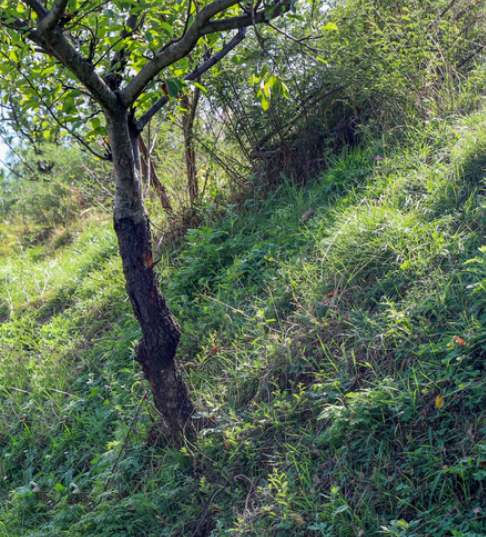New Delhi– India ranks among the top 10 countries globally to have recorded an increase in forest cover in recent years, according to a new report released Thursday by SBI Research.
The report highlights a significant shift in India’s forest trends, noting that while forest cover remained largely unchanged between 1991 and 2011, it began to increase steadily thereafter.
“The relationship between urbanization and forest cover is U-shaped,” the report stated. “In the early stages of urbanization, deforestation tends to occur, but as urban development progresses, policies such as urban greening, forest conservation programs, and sustainable land-use planning contribute to a recovery in forest cover.”
India is undergoing rapid urbanization. According to Census 2011, 31.1% of the population lived in urban areas, a figure expected to rise to 35–37% in the 2024 census. The report suggests that once urbanization surpasses the 40% mark, its impact on forest cover becomes positive—emphasizing the need for initiatives like the Smart Cities Mission and the Atal Mission for Rejuvenation and Urban Transformation (AMRUT) to promote green infrastructure and ecological resilience.
As of the latest assessment, total forest cover across India’s major metropolitan areas stands at 511.81 square kilometers, accounting for 10.26% of their combined geographical area. Delhi leads the list with the largest forest cover, followed by Mumbai and Bengaluru.
The report found the greatest gains in forest cover between 2021 and 2023 in Ahmedabad and Bengaluru. Conversely, Chennai and Hyderabad registered the largest losses.
India’s forestry sector contributes approximately 1.3% to 1.6% of the country’s Gross Value Added (GVA), supporting industries such as furniture, construction, and paper manufacturing. Despite this, the economic value per tree remains modest—estimated at just ₹100 in GVA per tree. India is home to an estimated 35 billion trees.
The report also notes disparities in forest distribution across states. States like Odisha, Mizoram, and Jharkhand have witnessed increases in forest area, while forest-rich regions such as Uttarakhand and Himachal Pradesh continue to have high percentages of land under forest cover. In contrast, states like Uttar Pradesh, Bihar, Rajasthan, Haryana, and Punjab have less than 10% forest cover relative to their total geographical area.
To further enhance forest sustainability, the report recommends expanding biodiversity hotspots, incentivizing private sector involvement, and channeling investments into afforestation through Corporate Social Responsibility (CSR) initiatives and carbon offset markets. It also stresses the importance of using satellite monitoring and digital databases to strengthen enforcement against forest encroachments.
The report concludes that government initiatives such as the Smart Cities Mission and AMRUT are vital to aligning urban development with environmental preservation, fostering stronger institutional support for both economic growth and ecological protection. (Source: IANS)













